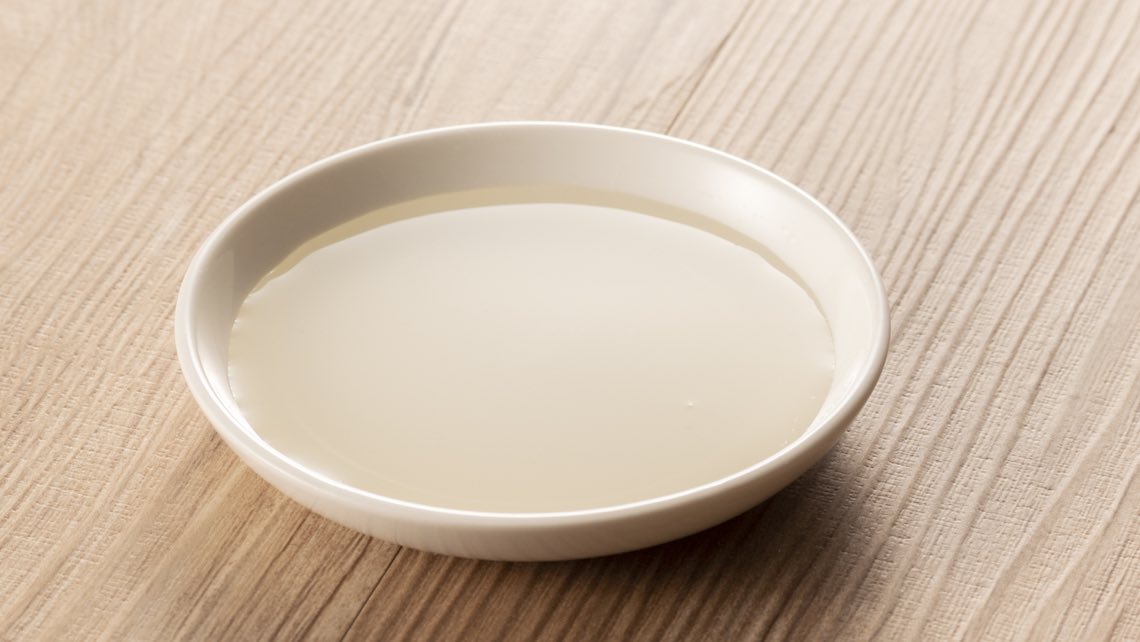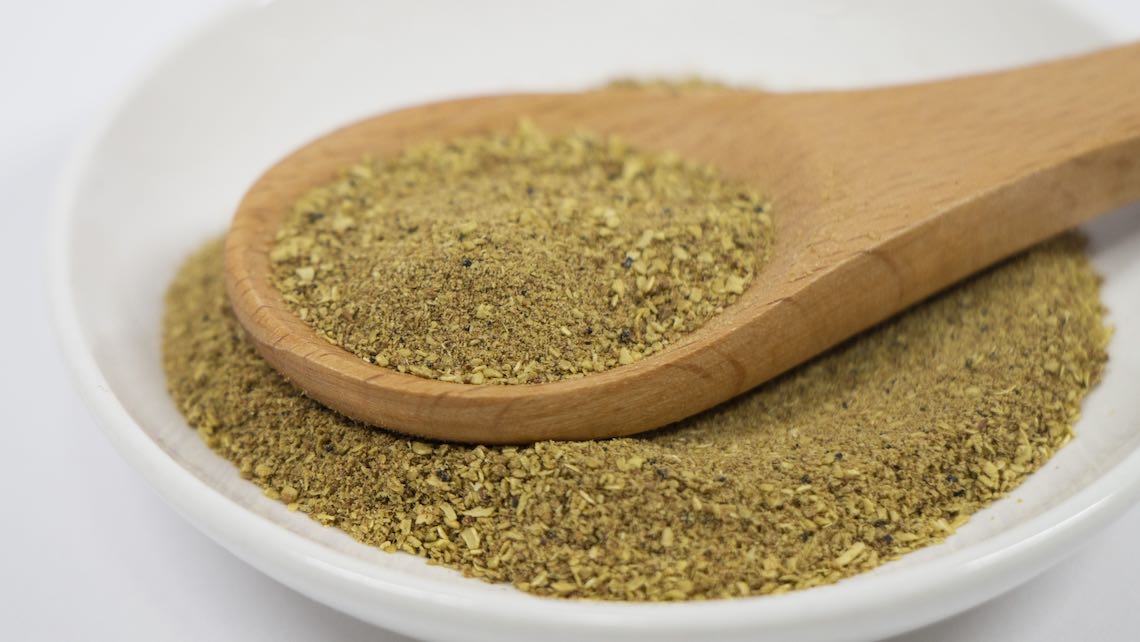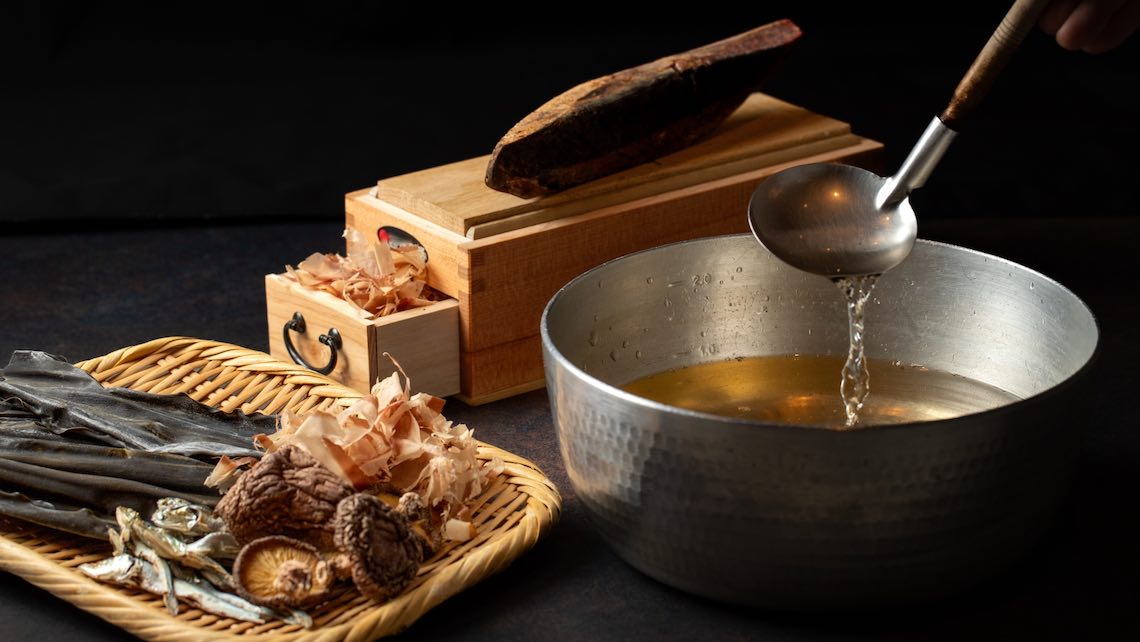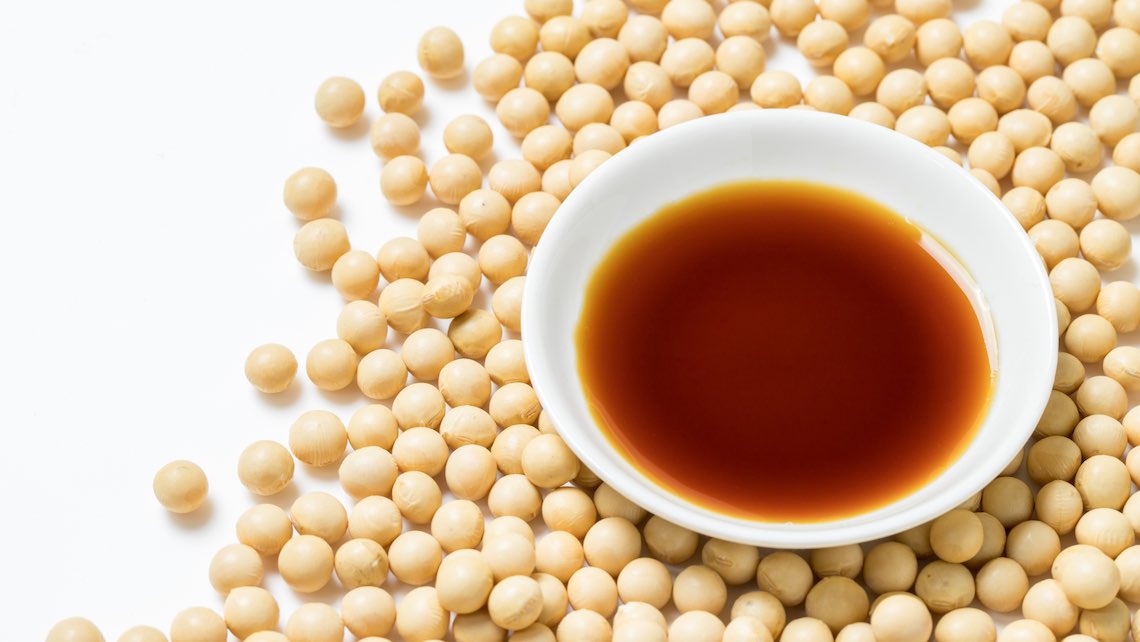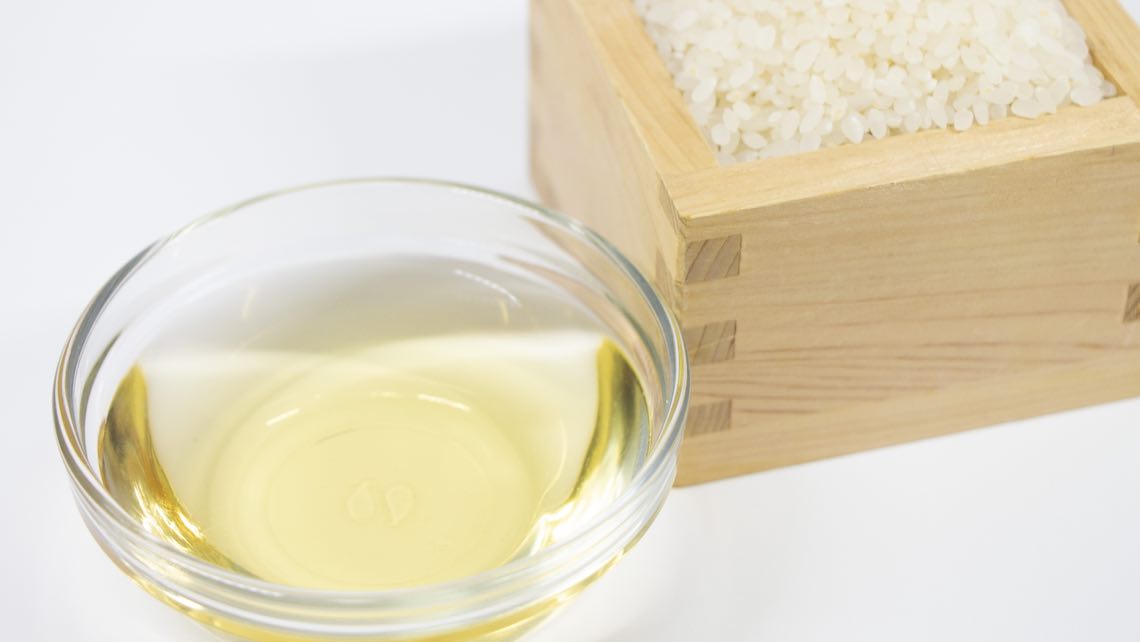Cooking Sake [Ryourishu]
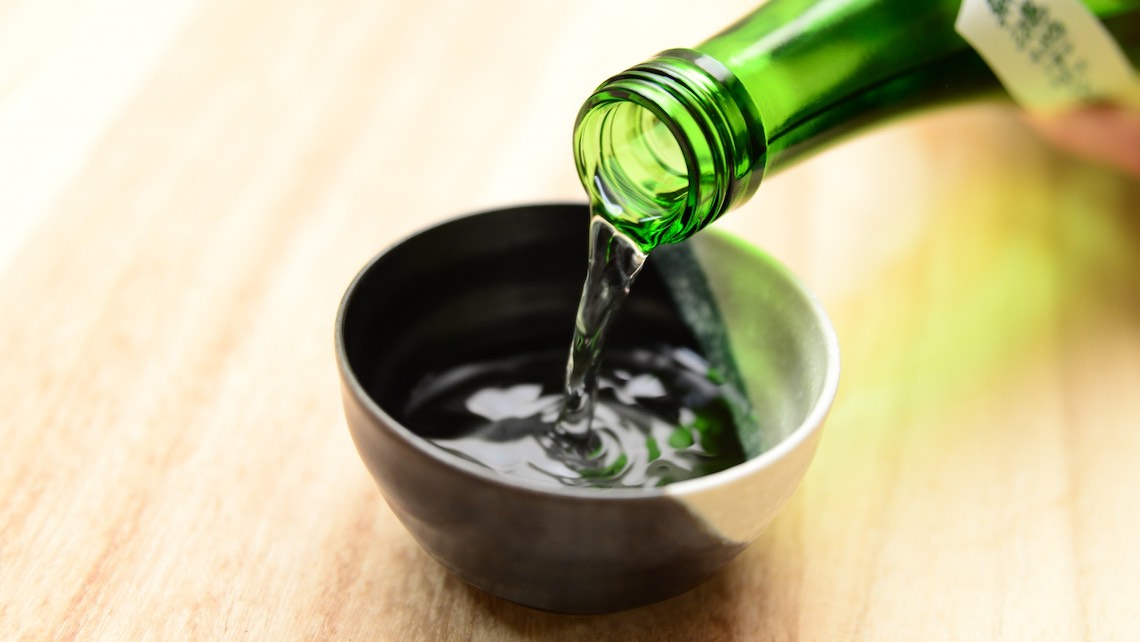
Japanese Name and Pronunciation:

[ryourishu]
Japanese cooking sake, also known as mirin, is a key ingredient in Japanese cuisine. It is a type of rice wine that adds depth of flavor and enhances the taste of dishes.
Cooking sake is made from fermented rice, water, and koji (a type of fungus used in fermentation). It has a mild sweetness and a rich umami taste, which helps to bring out the natural flavors of ingredients. The alcohol in cooking sake evaporates during cooking, leaving behind a subtle and delicate essence.
In Japanese cooking, sake is used in various ways. It can be used as a marinade or added to sauces and dressings to add complexity and balance. Cooking with sake helps to tenderize meat, seafood, and vegetables while imparting a pleasant aroma. It is commonly used in dishes like teriyaki, sukiyaki, and tempura batter.
In Japan, while traditional sake is used for cooking in fine dining establishments, many commercially available cooking sake products are intentionally made unsuitable for drinking by adding salt and vinegar. This allows them to be classified as non-alcoholic products under the liquor tax law, exempting them from alcohol taxation. As a result, these cooking sake products become more affordable and can be sold in shops without a liquor sales license. This practice enables wider accessibility and usage of cooking sake in various culinary settings.

